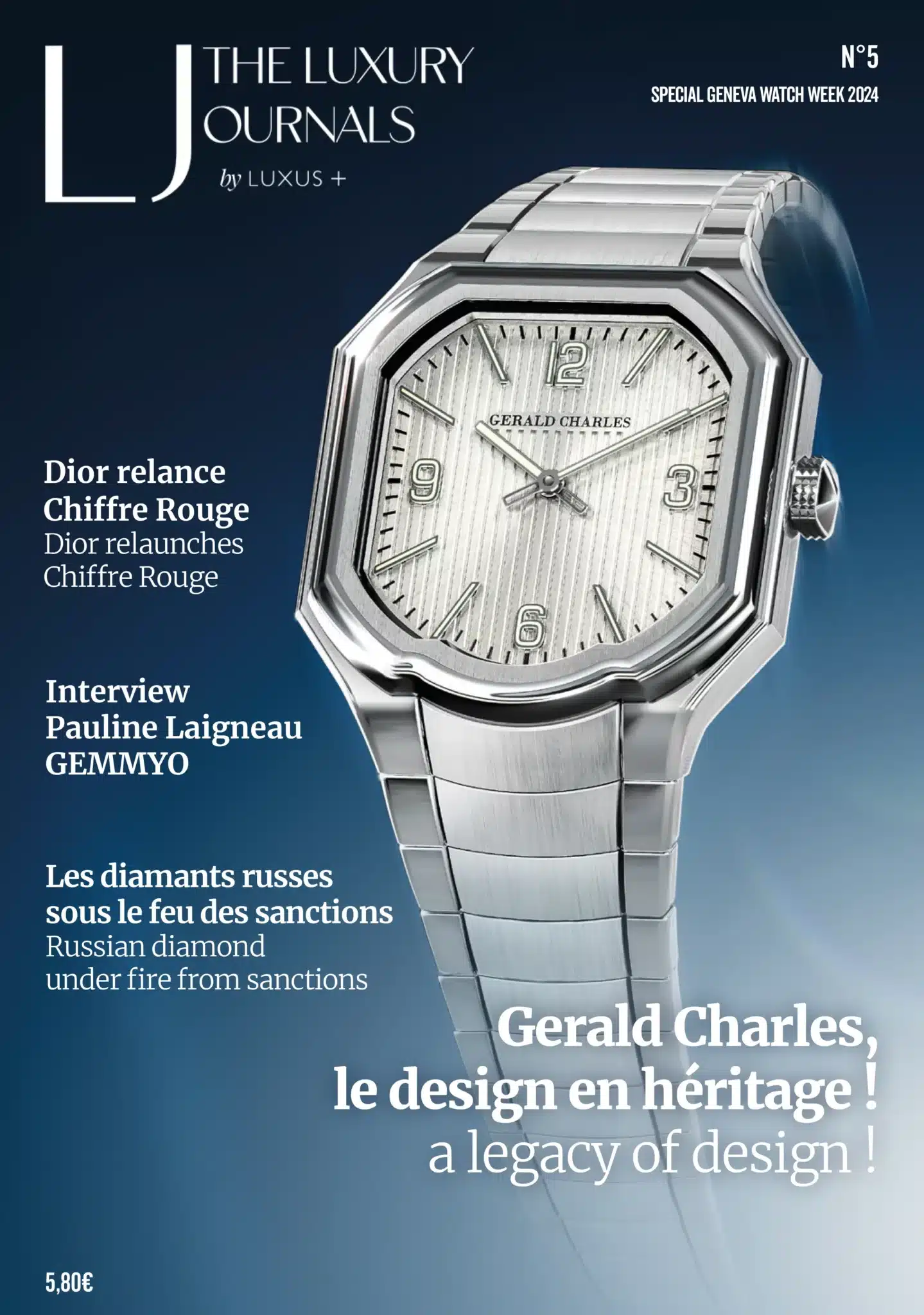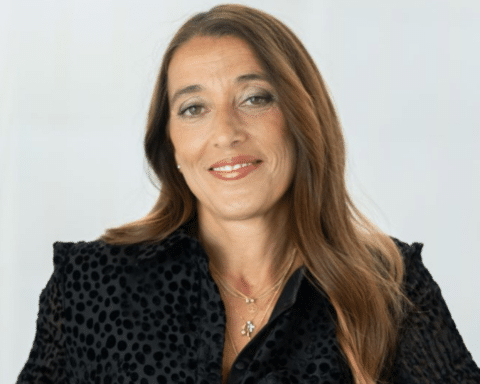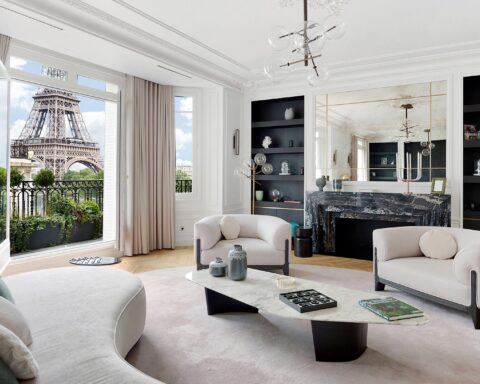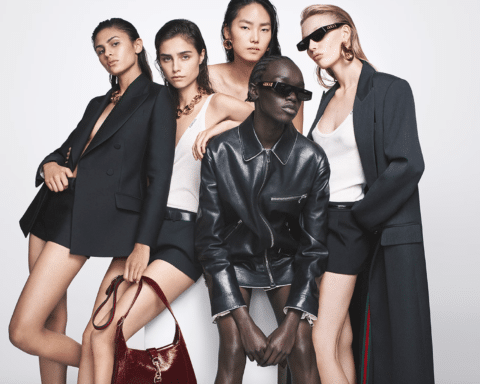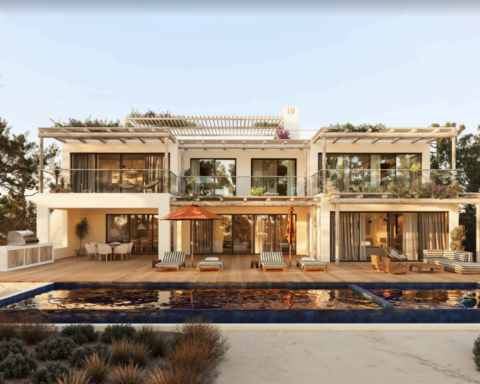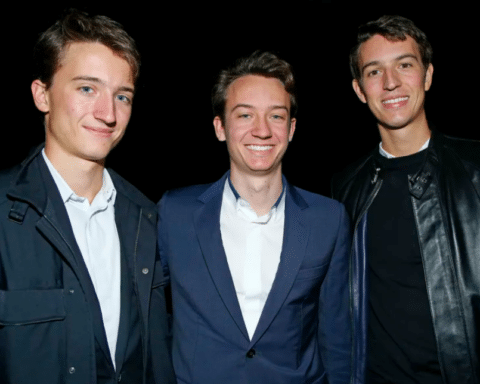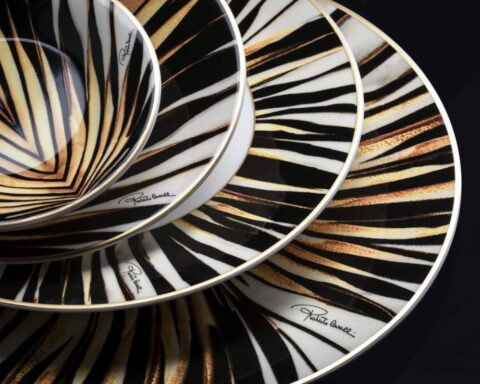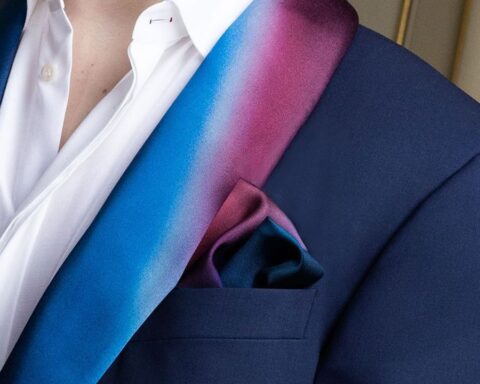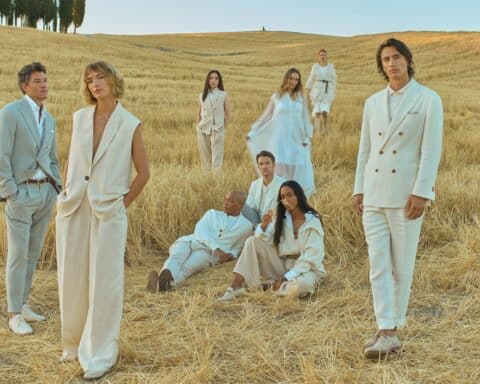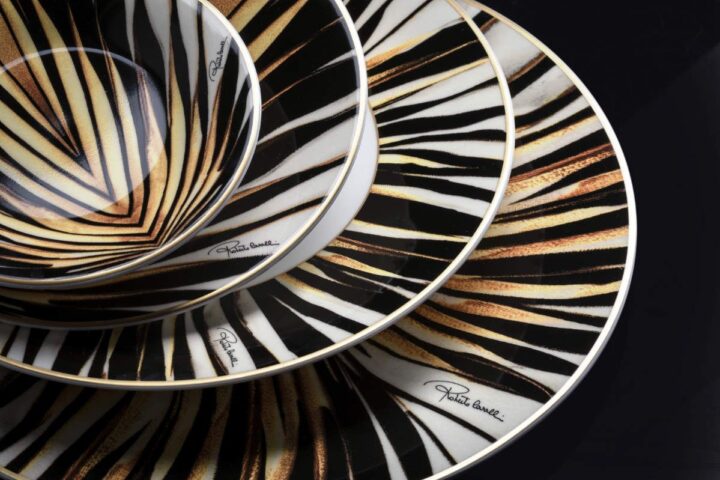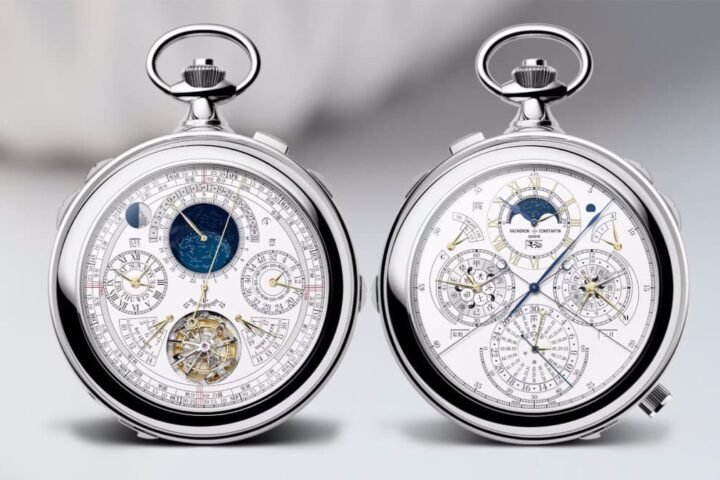[vc_row njt-role=”people-in-the-roles” njt-role-user-roles=”administrator,armember”][vc_column][vc_column_text]
By weaving contemporary patterns into traditional West African fabric, Nigerian designers create a new aesthetic and perfectly blend tradition, luxury, and everyday life through their collections.
The beauty and complexity of traditional Nigerian fabrics such as adire, aso oke and ankara are being revealed to the world through the rediscovery of a new generation of designers.
Worked with natural and sustainable processes, and passed on from generation to generation, these textiles meet perfectly the expectations of the international luxury industry which is once again focusing on artisanal techniques.
Nigerians are reconstructing their indigenous traditions to explore cultural narratives through the rich language of craft according to Uche Pézard, a Paris-based luxury brand consultant.
“What’s happening is a huge transformation,” she says, “Being a Nigerian designer today is using fashion as a platform to promote culture and heritage.”
She also says that the production processes employed by Nigerian labels are a model to follow in terms of sustainability. “African brands are the model to follow,” she explains. “In Nigeria, by default, you can’t waste anything because there is the reality of scarcity. In many cases, artisans are limited in number. You already have a lot of restrictions within the supply chain.”
Of note, according to a 2019 report from Cornell University, Nigeria was once home to Africa’s largest textile industry, with more than 180 factories employing 450,000 people in the 1970s and early 1980s. Today, few of those businesses exist.
Aso Oke rediscovered by designer Tsemaye Binitie
Using a hand-woven fabric native to the Yoruba people and historically used for special occasions, designer Tsemaye Binitie has created a fashion that he hopes will “bridge the gap between luxury and everyday life.”
“It’s a kind of informed fabric, informed color, informed style.”
To achieve this result, the designer combed through his mother’s and aunt’s aso oke archives, which allowed him to rediscover the intricacies of the fabric he took for granted as a child.
“They have a treasure trove of aso oke. It’s a story that fits in a suitcase,” he explains.
Binitie collaborates with Nigerian weavers to create fresh, modern patterns and color palettes. The designer believes that using traditional fabric gives his pieces originality and added value.
“We can tell a story about how the fabric was made. It’s not just about beauty for beauty’s sake. We are helping the community.”
“We’re kind of preserving the culture, you know, that we’ve been looking at our whole lives in front of us. You know, weddings have tons and tons of Aso-oke, so we’re just trying to do it and renew it and keep doing it. And to teach it to the younger generation. It’s something to be proud of. It’s something we want to wear, something to celebrate. Something to use,” he told Reuters.
His custom TB12 collection, which develops the fabric in seven different shades, is available for between $300 and $4,000. As an example, an aso oke dress by Tsemaye Binitie sells for over $1,800.
View this post on Instagram
“We started using contemporary African art and culture in the collection threads, so you see hints of that or (signs of) it very obvious,” Binitie said.
Binitie made his debut as a design assistant at Stella McCartney in 2005, and began using the fabric in 2017. Her signature designs, the yellow dresses, are also infused with cotton and silk to give them a post-modern feel.nd at more than $1,800.
Batkara, worked by Lisa Folawiyo
Lisa Folawiyo, another Lagos-based designer, specializes in a different traditional fabric, the West African wax prints known as Ankara, as well as her hybrid collection, called Batkara.
This hybrid fabric, named batkara, was born from an embellishment of the original Dutch batik used in the designer’s creations. Indeed she started to embellish the textile with shimmering beads 15 years ago which gave this hybrid fabric, used in her latest collection.
The fabric is made from Dutch oilcloth, then hand-dyed using traditional African batik techniques. This method allowed Folawiyo to create an original print that is difficult to replicate, adding exclusivity to the ubiquitous wax fabrics in West Africa.
“We merged what is unique to us with what is familiar in the West and made it our own,” she says.
Her Nigerian customers appreciate these specialty fabrics. “You can’t tell if it’s ankara, batik or adire. Batkara has a slightly different texture,” Folawiyo explains. “We liked the finish and weight of this fabric.”
This hybridization inspired the aesthetic of Alara, a Lagos-based store that showcases contemporary African fashion in the Nigerian and diaspora markets. Its head of partnerships, Arinola Fagbemi, explains that more and more people are thinking about African luxury “in terms of how we live our day-to-day lives…not just for festive moments.”
Adire
Adire is one of the many Nigerian textiles most used by Nigerian designers. Amaka Osakwe, for example, designer of Maki Oh, Nigeria’s most promising label founded in 2010, and worn by Michelle Obama and Lupita Nyong’o, is one of its biggest fans.
Osakwe is constantly working on new designs, adding a modern twist to what she describes as “revitalizing this neglected art form.”
View this post on Instagram
Read Also > E-COMMERCE: FARFETCH LAUNCHES ITS SPECIAL RAMADAN COLLECTION
Featured Photo : © Getty Images[/vc_column_text][/vc_column][/vc_row][vc_row njt-role=”not-logged-in”][vc_column][vc_column_text]
By weaving contemporary patterns into traditional West African fabric, Nigerian designers create a new aesthetic and perfectly blend tradition, luxury, and everyday life through their collections.
The beauty and complexity of traditional Nigerian fabrics such as adire, aso oke and ankara are being revealed to the world through the rediscovery of a new generation of designers.
Worked with natural and sustainable processes, and passed on from generation to generation, these textiles meet perfectly the expectations of the international luxury industry which is once again focusing on artisanal techniques.
Nigerians are reconstructing their indigenous traditions to explore cultural narratives through the rich language of craft according to Uche Pézard, a Paris-based luxury brand consultant.
[…][/vc_column_text][vc_cta h2=”This article is for subscribers only.” h2_font_container=”font_size:16″ h2_use_theme_fonts=”yes” h4=”Subscribe now!” h4_font_container=”font_size:32|line_height:bas” h4_use_theme_fonts=”yes” txt_align=”center” color=”black” add_button=”right” btn_title=”I SUBSCRIBE!” btn_color=”danger” btn_size=”lg” btn_align=”center” use_custom_fonts_h2=”true” use_custom_fonts_h4=”true” btn_button_block=”true” btn_custom_onclick=”true” btn_link=”url:https%3A%2F%2Fluxus-plus.com%2Fen%2Fabonnements-et-newsletter-2-2%2F|||”]Unlimited access to all the articles and live a new reading experience, preview contents, exclusive newsletters…
Already have an account? Log in.[/vc_cta][vc_column_text]Featured photo: © Getty Images[/vc_column_text][/vc_column][/vc_row][vc_row njt-role=”people-in-the-roles” njt-role-user-roles=”subscriber,customer”][vc_column][vc_column_text]
By weaving contemporary patterns into traditional West African fabric, Nigerian designers create a new aesthetic and perfectly blend tradition, luxury, and everyday life through their collections.
The beauty and complexity of traditional Nigerian fabrics such as adire, aso oke and ankara are being revealed to the world through the rediscovery of a new generation of designers.
Worked with natural and sustainable processes, and passed on from generation to generation, these textiles meet perfectly the expectations of the international luxury industry which is once again focusing on artisanal techniques.
Nigerians are reconstructing their indigenous traditions to explore cultural narratives through the rich language of craft according to Uche Pézard, a Paris-based luxury brand consultant.
[…][/vc_column_text][vc_cta h2=”This article is for subscribers only.” h2_font_container=”font_size:16″ h2_use_theme_fonts=”yes” h4=”Subscribe now!” h4_font_container=”font_size:32|line_height:bas” h4_use_theme_fonts=”yes” txt_align=”center” color=”black” add_button=”right” btn_title=”I SUBSCRIBE!” btn_color=”danger” btn_size=”lg” btn_align=”center” use_custom_fonts_h2=”true” use_custom_fonts_h4=”true” btn_button_block=”true” btn_custom_onclick=”true” btn_link=”url:https%3A%2F%2Fluxus-plus.com%2Fen%2Fabonnements-et-newsletter-2-2%2F|||”]Unlimited access to all the articles and live a new reading experience, preview contents, exclusive newsletters…
Already have an account? Log in.[/vc_cta][vc_column_text]Featured photo: © Getty Images[/vc_column_text][/vc_column][/vc_row]


